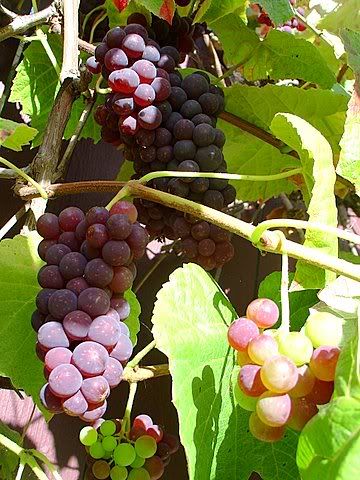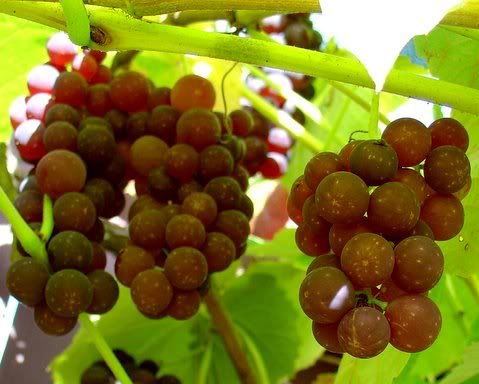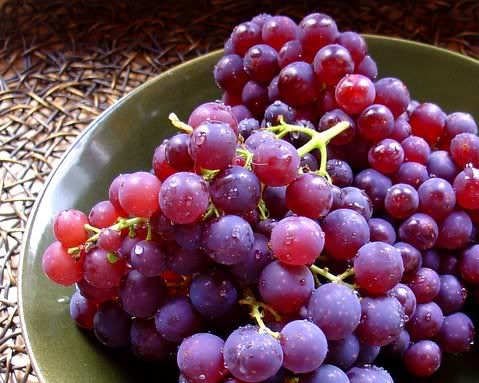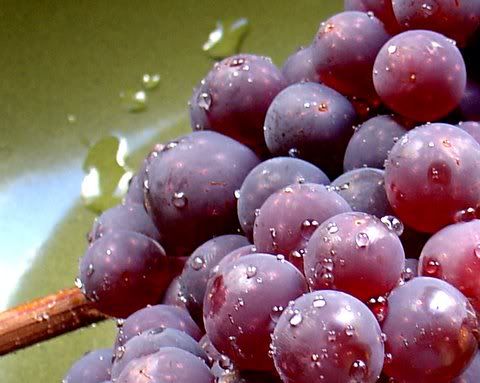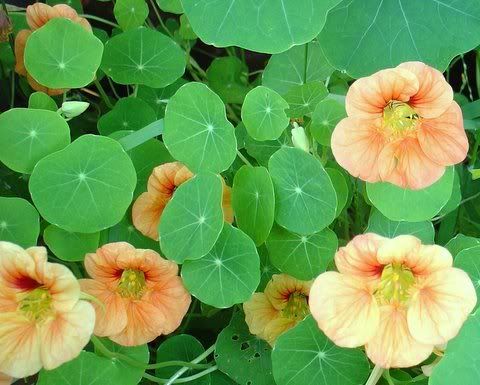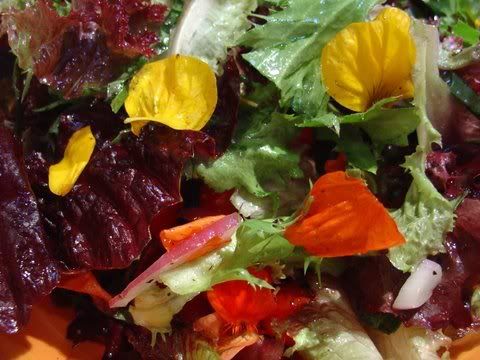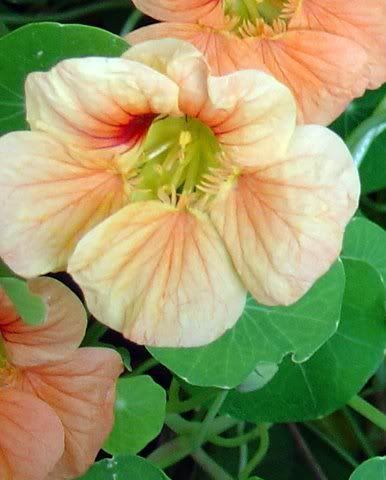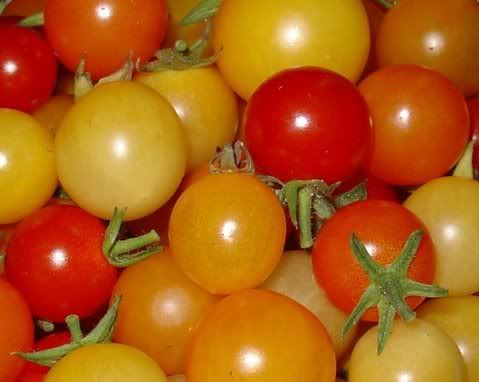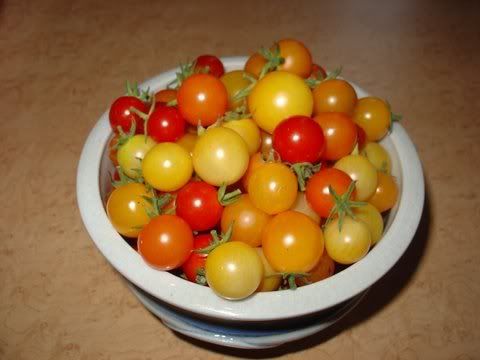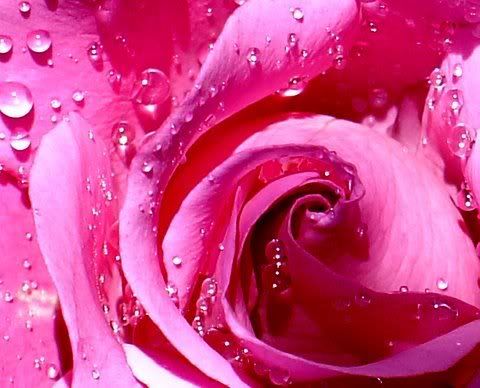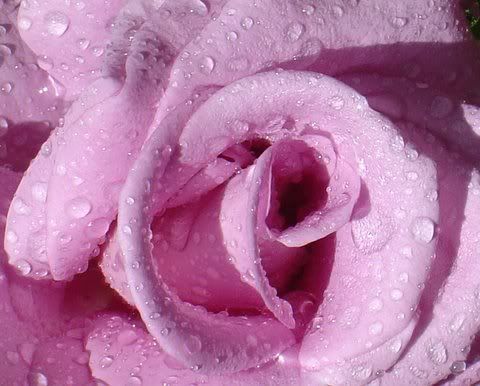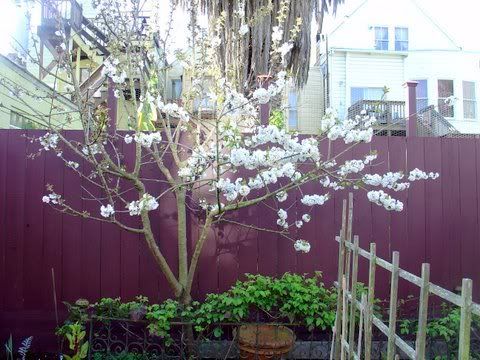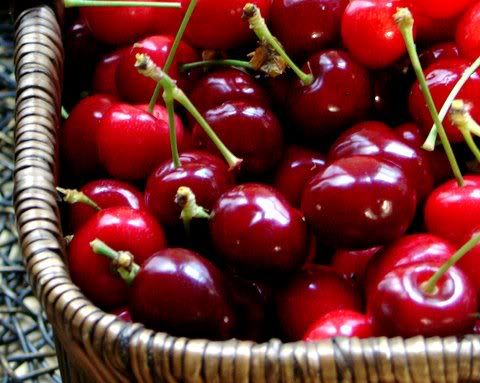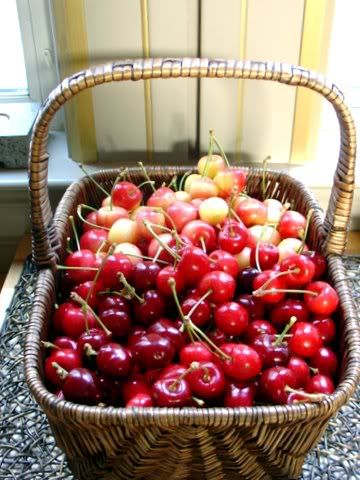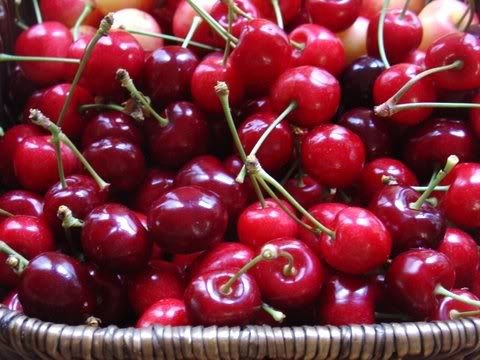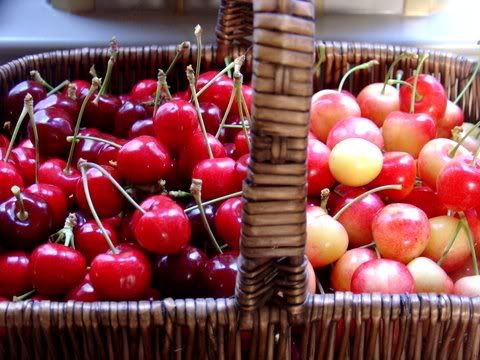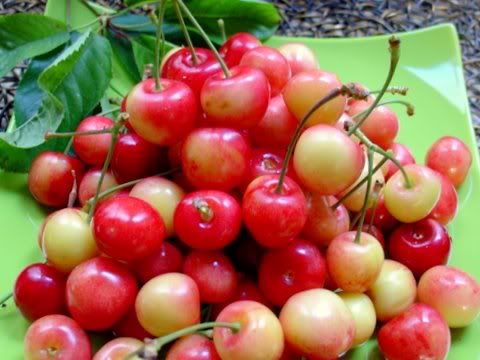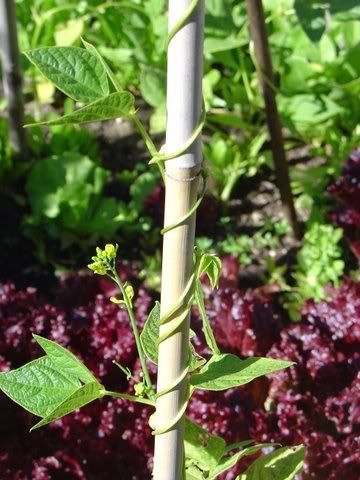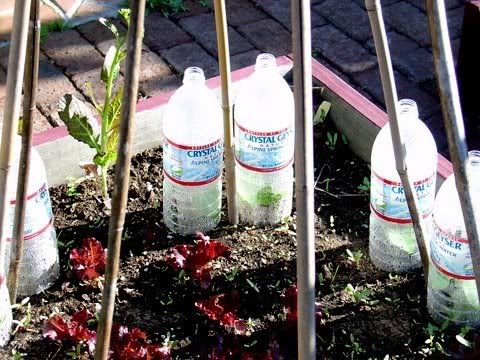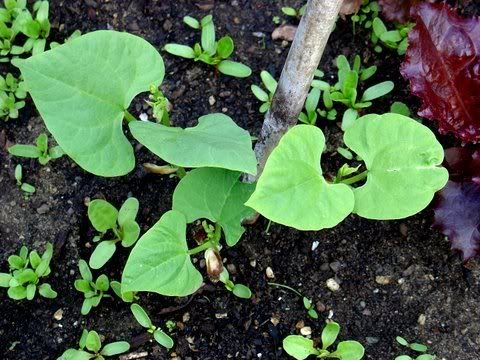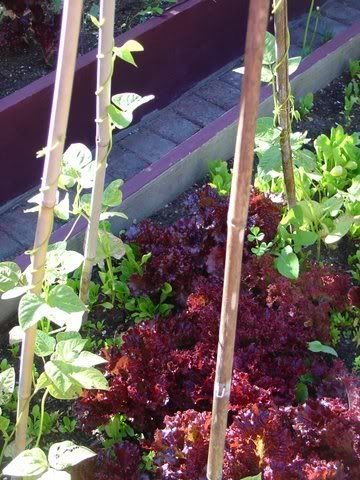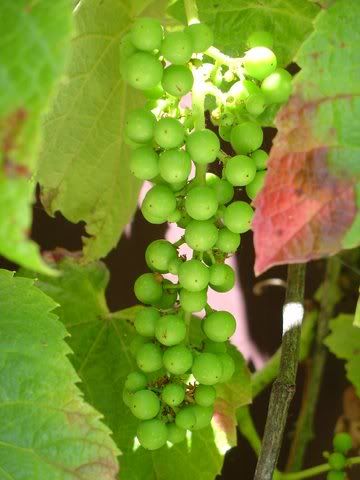
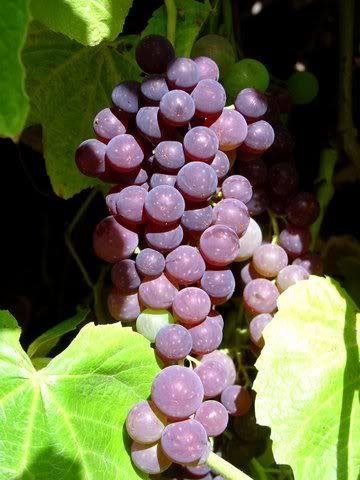
It seems an eternity away when you see the first grapes of the season and anticipate when they will ripen. It's only a few months in reality, but when I photographed these dessert grapes in June, it was difficult to visualize the plump black grapes they would become. Last year they produced their first "crop" and this year it was heavier and the grapes themselves were larger, and almost bursting their skins. I bought the vine in Sonoma County a few years ago and it was labeled Perlette, but that seedless dessert grape is described as having white fruit. While the name of these grapes remains a mystery, the fact is they are sweet, spicy and luscious.
